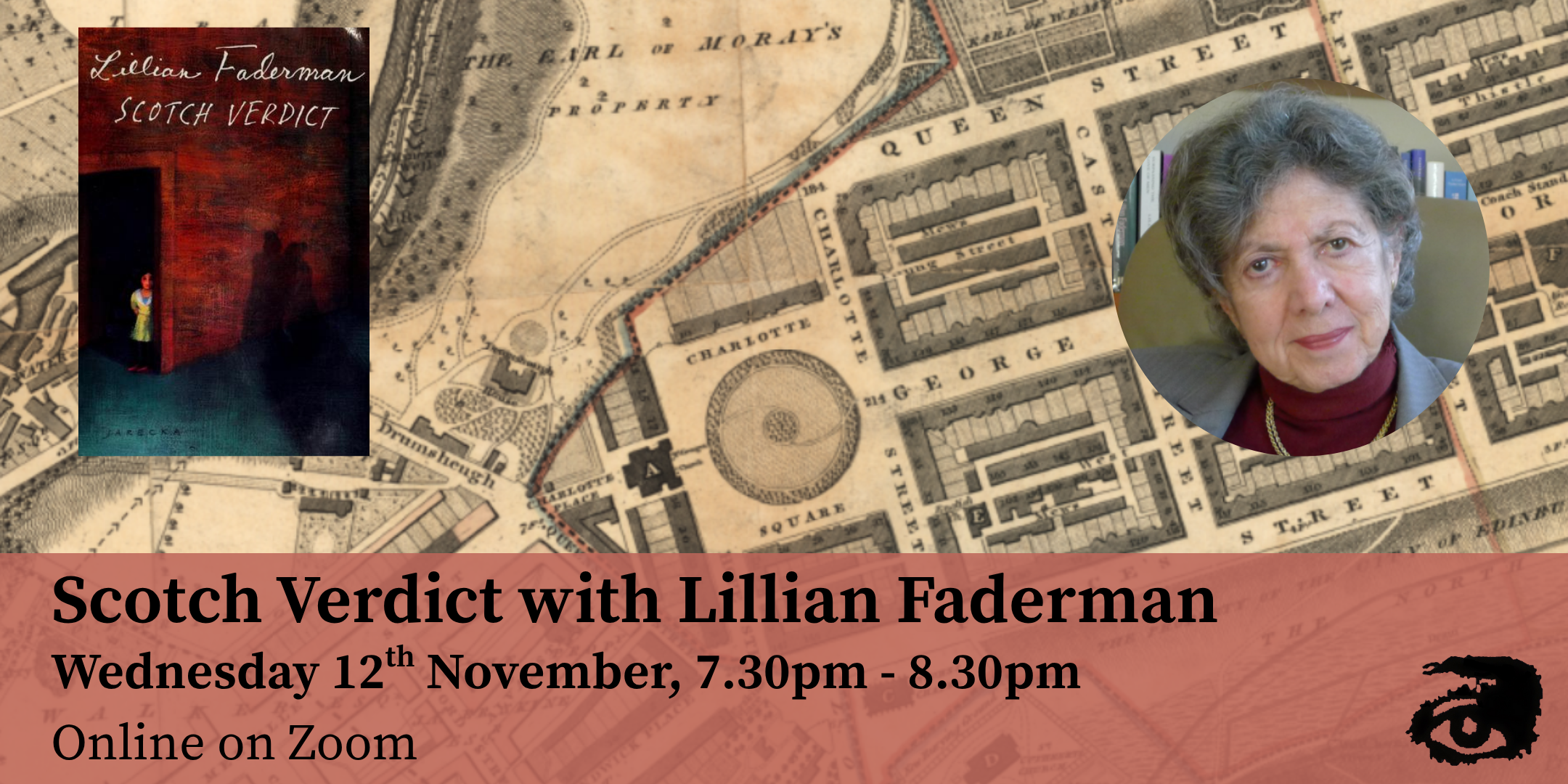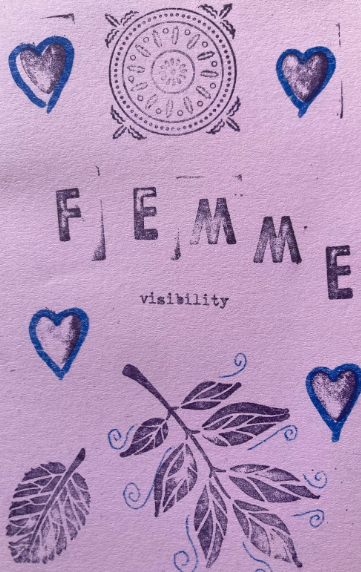Tag: queerbooks
-

CANCELLED: Scotch Verdict with Lillian Faderman
UPDATE: Unfortunately, we have had to cancel this event due to unforeseen circumstances. Join Lavender Menace for a conversation with Lillian Faderman about the writing of her acclaimed book Scotch Verdict. […]
-

Archiving Queer Futures: Eman Abdelhadi in conversation with Nat Raha (online)
Join Lavender Menace for an online discussion between two activist scholars on imagining and archiving queer futures. Dr Eman Abdelhadi is an academic, activist and writer who thinks at the […]
-

Lavender and Menaces
The clothed lesbian body as a tool of resistance, the sapphic significance of purple, and the making of the modern-day femme
-
Three Writing Lives
Our second online event Conversations with Writers took place on Thursday 2 September. Playwright Jo Clifford and novelist and short story writer Ely Percy were in conversation with Eris Young.
-

A Lavender Attic
‘LGBT+ archives,’ says Gerard Koskovich of the GLBT Historical Society of San Francisco, ‘are your queer grandma’s attic’. They are the place where younger generations will find our legacy.
